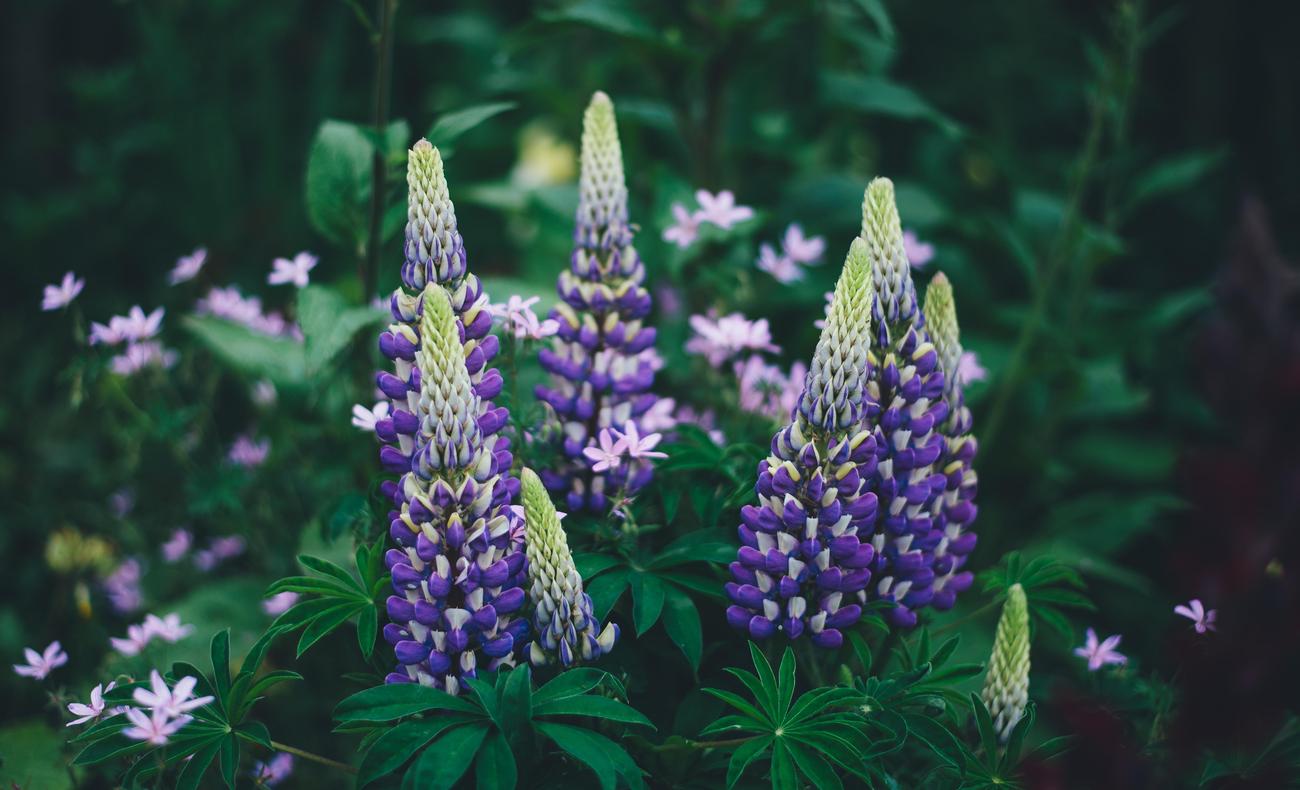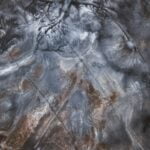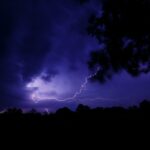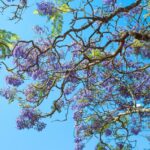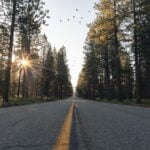Explore the mesmerizing realm of the chaparral biome plants with our captivating article, titled “Exploring the Fascinating Chaparral Biome Plants.” As an accomplished botanist specializing in plant ecology and armed with a profound understanding of environmental science and biodiversity, I am thrilled to delve into the intricate relationship between plants and their habitats. With years of rigorous fieldwork and research in the diverse chaparral biome, I have unraveled the unique challenges and adaptations of its remarkable plant species. Through my expertise in data analysis, ecological modeling, and scientific writing, I aim to enlighten a wide audience about the enchanting world of chaparral biome plants.
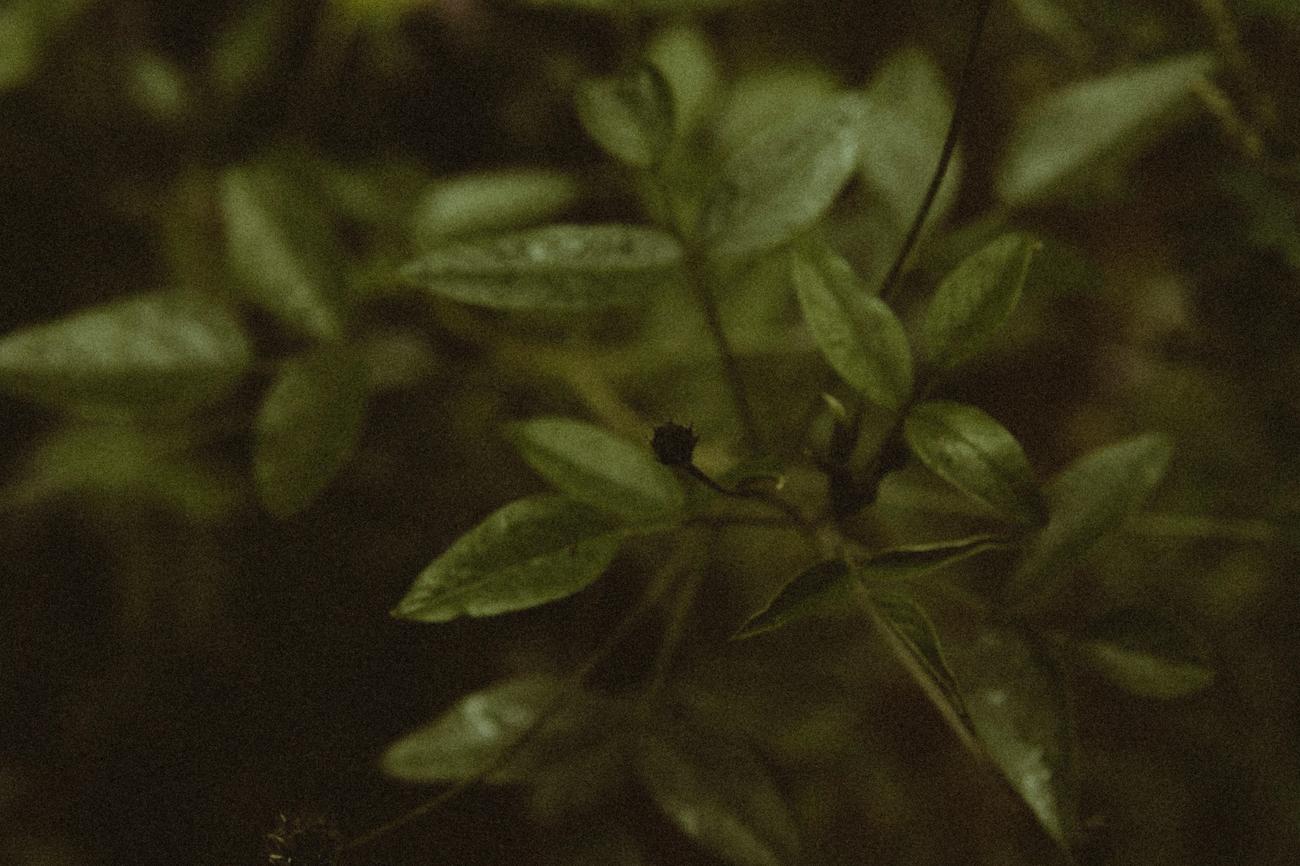
Chaparral Biome Plants
The chaparral biome is a unique and fascinating plant community that thrives in coastal and inland mountain areas of southwestern North America. This scrubland ecosystem is characterized by its hard-leaved, woody plants, which have evolved to withstand the challenges posed by the Mediterranean climate conditions. As an experienced botanist with a keen interest in biodiversity, I have had the privilege of exploring and studying the intricate relationship between plants and their habitats within the chaparral biome.
One of the remarkable aspects of the chaparral biome is its diverse range of plant species. From towering trees to resilient shrubs and herbaceous plants, each species has its own adaptations to survive the harsh conditions of this biome. Common trees in the chaparral biome include eucalyptus, olive, oak, and acacia species. These trees provide essential shade and habitat for a variety of animals in the region.
Shrubs play a vital role in the chaparral biome, forming a dense layer of vegetation that helps conserve moisture and create a microclimate for other plant species. Some of the shrubs found in the chaparral biome include the California scrub oak, French broom, and Mojave yucca. These shrubs are well adapted to the dry and nutrient-poor soil, and their leaves have evolved to reduce water loss.
Herbaceous plants also contribute to the biodiversity of the chaparral biome. Common sage, oregano, and thyme are among the herbaceous plants that can be found in this ecosystem. Their small size and ability to tolerate dry conditions make them resilient in the face of drought and fire.
The grasses found in the chaparral biome, such as yellow-eyed grass, are important for stabilizing the soil and preventing erosion. Despite the limited water availability, these grasses have adapted mechanisms to maximize water absorption and minimize water loss.
It’s fascinating to witness how these plants in the chaparral biome have evolved unique strategies to cope with the challenging environment. Their root systems are designed to withstand drought and extract as much water as possible from the soil. Additionally, the leaves of many chaparral plants have a waxy coating, which helps to reduce water loss through evaporation.
Unfortunately, the chaparral biome and its plant species face threats from climate change. Rising temperatures and prolonged droughts increase the risk of wildfires, which have a significant impact on the biodiversity of this ecosystem. As a botanist, I am deeply concerned about the potential loss of these unique plant communities and the disruption it would cause to the delicate balance of the chaparral biome.
In conclusion, the chaparral biome is a remarkable ecosystem with a rich diversity of plants that have adapted to survive in challenging conditions. The plant species found in this biome showcase a remarkable array of adaptations, from specialized root systems to waxy leaf coatings. However, the future of these plants and their habitat is at risk due to climate change. It is crucial to raise awareness about the importance of preserving the chaparral biome and its unique plant species to ensure their survival for future generations.
“The plant species within the chaparral biome display incredible adaptations to survive in this challenging environment.”
The chaparral biome is a fascinating ecosystem that is home to a diverse range of species, unique adaptations, and breathtaking landscapes. From hidden treasures nestled within its picturesque canyons to the captivating diversity of its animal inhabitants, there are endless interesting facts about the chaparral biome waiting to be discovered. Whether it’s the remarkable resilience of the iconic chaparral shrubs or the intricate relationship between the wildlife and the ever-changing climate, exploring the wonders of this biome will leave you in awe. So, if you’re curious to learn more about the intriguing secrets and hidden wonders of the chaparral biome, click here for a compilation of some exciting and surprising facts: interesting facts about the chaparral biome.
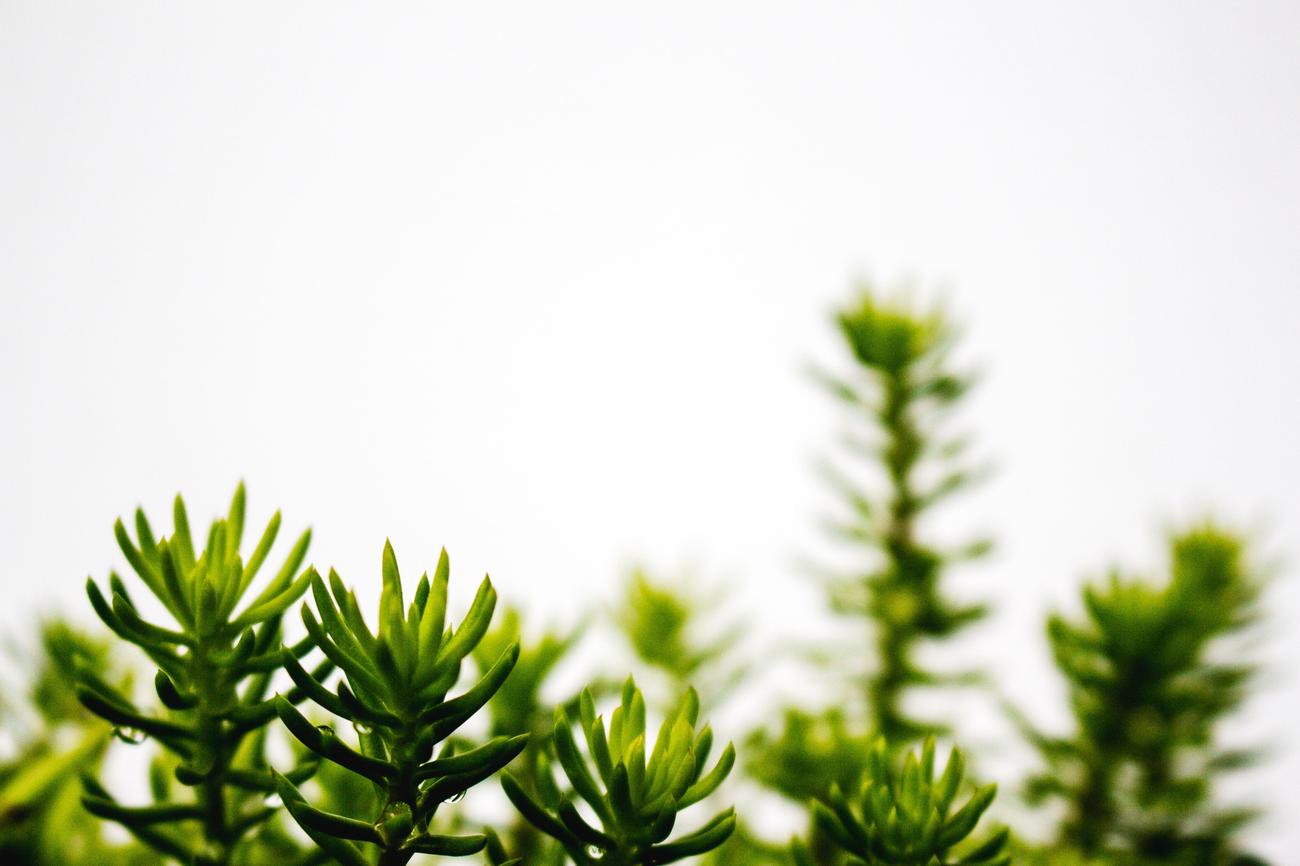
FAQ
Q: What is the chaparral biome?
A: The chaparral biome is a scrubland plant community found in coastal and inland mountain areas of southwestern North America. It is characterized by hard-leaved, woody plants that are shaped by Mediterranean climate conditions.
Q: What are some common trees found in the chaparral biome?
A: Common trees in the chaparral biome include species such as eucalyptus, olive, oak, and acacia.
Q: What are some shrubs that can be found in the chaparral biome?
A: Shrubs found in the chaparral biome include California scrub oak, French broom, and Mojave yucca.
Q: What types of herbaceous plants are found in the chaparral biome?
A: Herbaceous plants found in the chaparral biome include common sage, oregano, and thyme.
Q: Are there any grasses that grow in the chaparral biome?
A: Yes, yellow-eyed grass is an example of a grass species found in the chaparral biome.
- Crypto Quotes’ Red Flags: Avoid Costly Mistakes - June 30, 2025
- Unlock Inspirational Crypto Quotes: Future Predictions - June 30, 2025
- Famous Bitcoin Quotes: A Deep Dive into Crypto’s History - June 30, 2025
